


The photographs tell a story that reaches back over 60 years. The little town in the first photo is Bastogne in Belgium. On December 16, 1944 Adolf Hitler personally planned and ordered a surprise winter offensive against the thinly-held American line near the Ardennes Forest near the German border. His plan was to divide the British and American armies in a Blitzkrieg attack and capture the vital supply port of Antwerp. This, he hoped, would repeat Dunkirk, an evacuation with massive Allied retreats and confusion. Thus Hitler would get the time he needed to build "super weapons" (jets, rockets, even atomic weapons) with the help of his Nazi scientists and win the war. Furthermore, if he forced the Western Allies to a truce, he could then transfer many German troops to the Eastern Front to stop the Russians.
The key to the entire battle, it later turned out, was the small town of Bastogne because it was the hub for most of the key roadways in that densely wooded forest. German tanks, halftracks, and trucks needed those roads as time and weather were major factors. (The Germans needed fog and snow to stop Allied airpower.) If the Americans who were at Bastogne could hold out, the entire Nazi plan could be disrupted.
In Bastogne was the man in the photo wearing the helmet. He was General Anthony McAuliffe of the US 101st Airborne Division (Screaming Eagles). The 101st arrived in Bastogne by trucks becasue the weather was too bad to air drop. They were surrounded by a much larger German army which demanded that the Americans surrender. To this official demand from the German Army commander, Gen. McAuliffe replied with one single word -- "Nuts!" (This was an emphatic "no!") The Americans held out in Bastogne and many places elsewhere in the much larger area nearby that came to take the shape of a bulge in the battlelines -- hence it was called the "Battle of the Bulge." The Americans in Bastogne spent Christmas Day 1944 surrounded by the German army and under constant attack.
On December 26 the first US troops sent to rescue the trapped Americans at Bastogne began to arrive. They were led by Gen. George Patton. Helping to supply Patton's army and other US troops at the Bulge was the man in the third, present-day photo standing in front of St. Vincent de Paul by our GED sign. His name is Mr. Lawrence Keller. During the Battle of the Bulge he and other US troops organized and delivered supplies to American soldiers so they could survive and fight; he was a corporal in the US Army. Mr. Keller's main base was in Metz, France south of Bastogne. Mr. Keller is a retired deacon in the Catholic Church and is the father-in-law of Deacon Rudy of the SVDP Society. He helps out at SVDP today at the very young age of 86 in many ways including as a resident carpenter.
In fact, it is a strange reality that the man who fixed the leg on one of our school's desks and made our wooden doorstop, once helped stop Adolf Hitler and the Nazis in December 1944.
Mr. Keller will be a guest speaker about WW2 history at our school in January when classes resume. Our school recently had a field trip to the D-Day Museum/National World War ll Museum and is studying World War 2. (Note: The two WW2 photos are from the internet and in public domain.)
-- Adrian
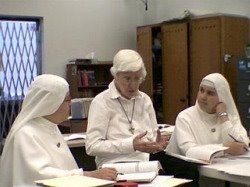
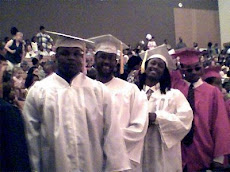
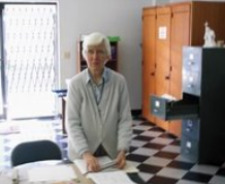

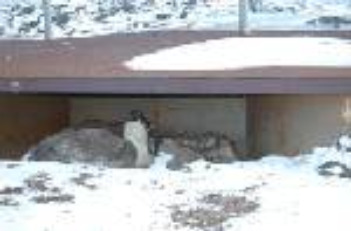
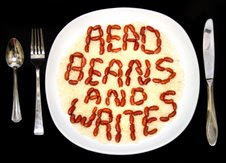


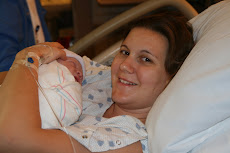

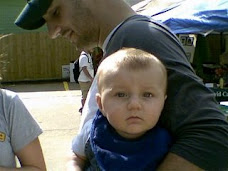





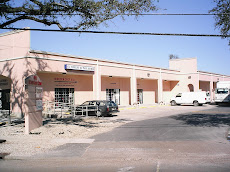


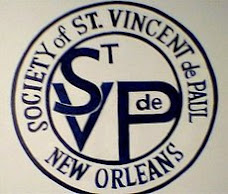
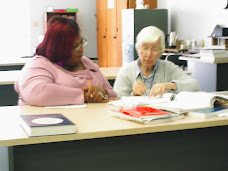
No comments:
Post a Comment